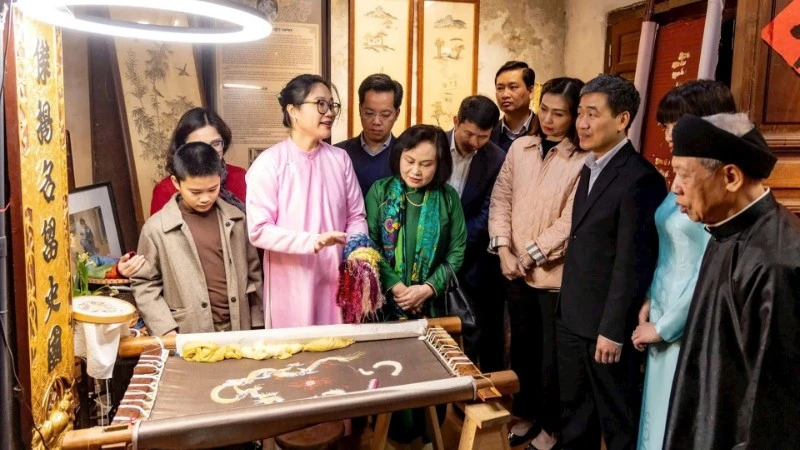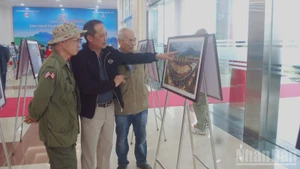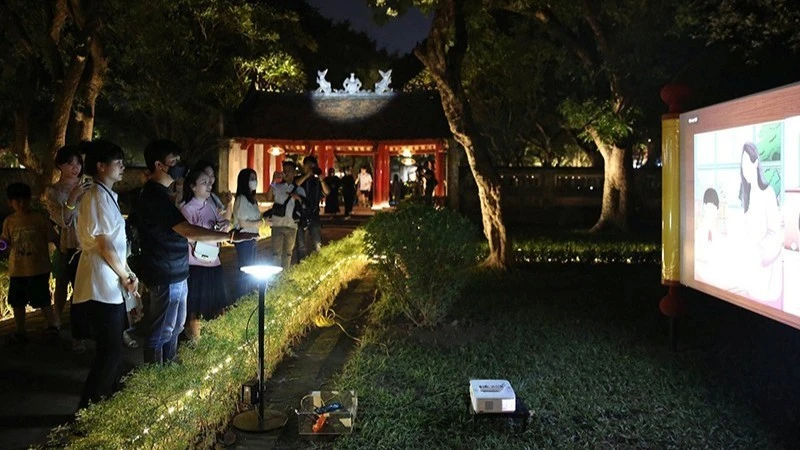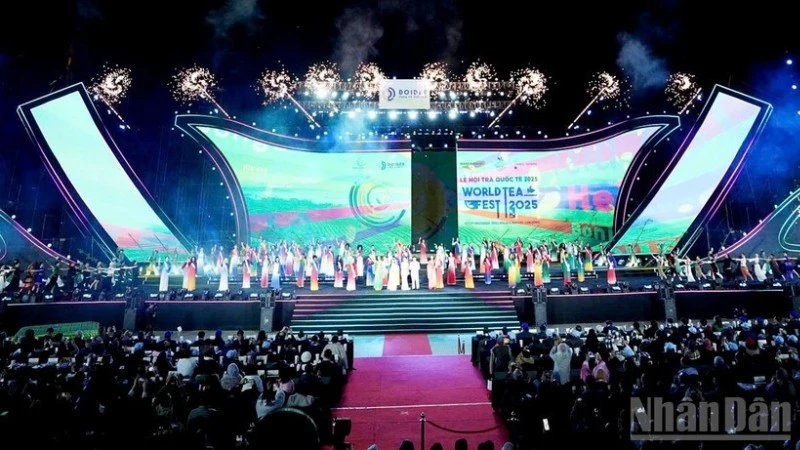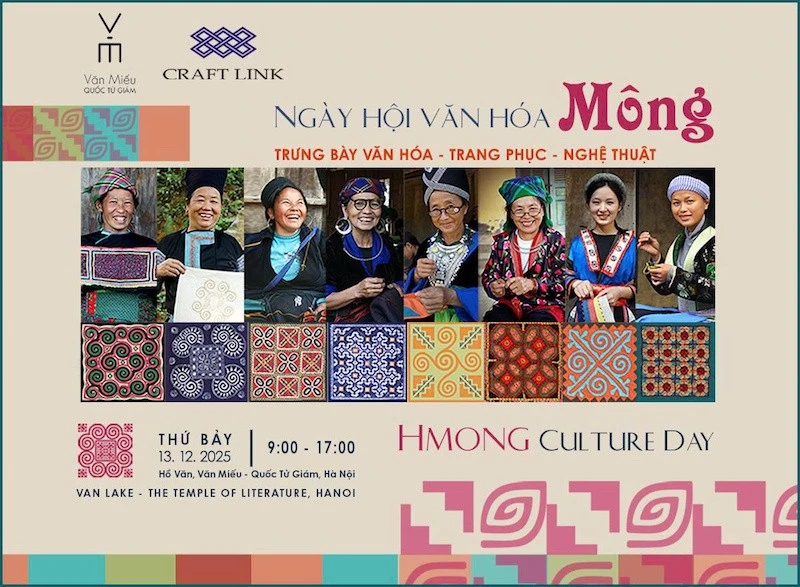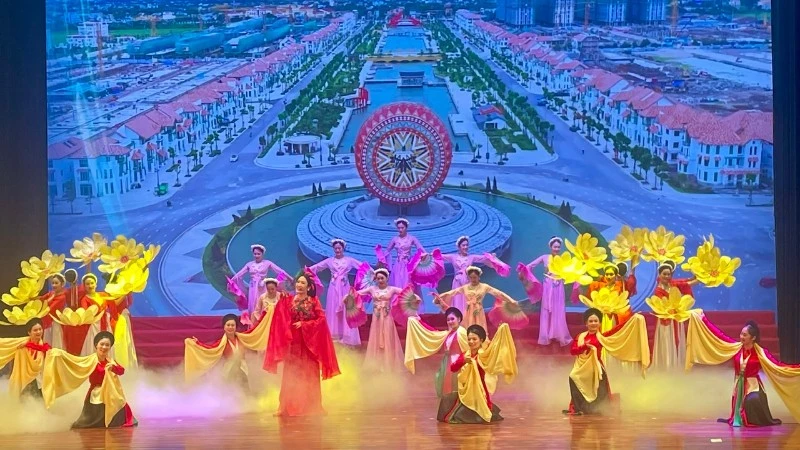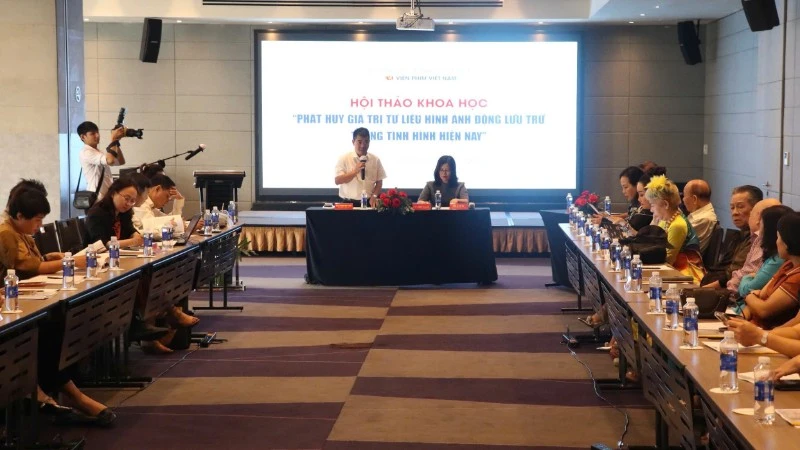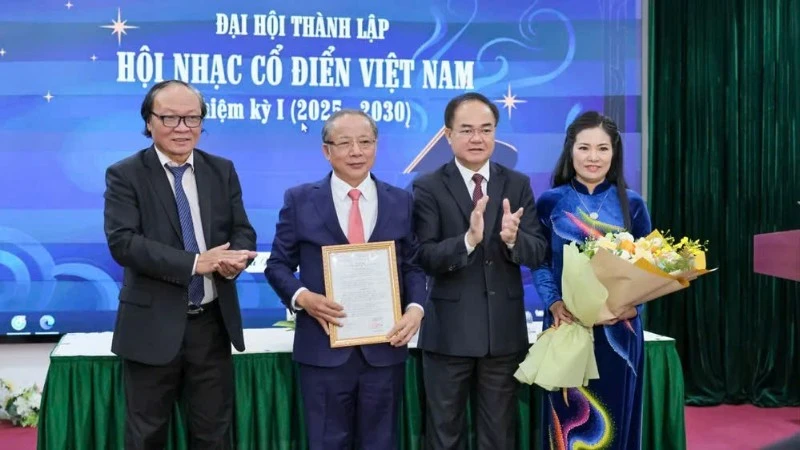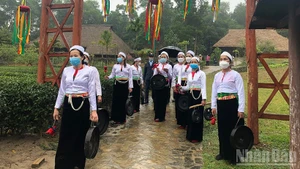Over its thousand-year history, Thang Long - Hanoi has endured numerous wars against foreign invaders. Generations of ancestors have shed their blood to build and protect peace. At the centre of the city is Hoan Kiem Lake, where legend tells that King Le Thai To returned the sacred sword to the Golden Turtle God after defeating the Ming Empire invaders, symbolising the aspiration for peace of Hanoi in particular and of the country in general.
In 1999, Hanoi was selected by UNESCO as one of five exemplary cities worldwide to receive the title of "City for Peace", representing Asia. Remarkably, Hanoi met all four criteria of the award, including: equality in the community, urban construction, preservation of the living environment, and promotion of cultural-educational development, along with caring for the education of citizens and the younger generations.
Over the years, Hanoi has adopted and implemented numerous programmes and plans, especially Programme No.06-CTr/TU of the City Party Committee on cultural development, improving the quality of human resources, promoting elegant and civilised Hanoi people for the 2020-2025 tenure; and Programme No.08-CTr/TU on developing the social security system and improving social welfare and the quality of life of the capital’s people. The Party Committee, the government, and the people of the city have made efforts to continue improving the quality of life in all aspects, including environment, education, and culture.
With the Programme No.08, the city has allocated resources to care for vulnerable groups in society. Poor and near-poverty households have been assisted in building houses through the activities of social organisations, provided with preferential loans to develop production, and given vocational training. As a result, as of the end of 2023, the city had only 690 poor households, accounting for 0.03% of the total number of households, and 15,835 near-poverty households, accounting for 0.7%.
Currently, 16 districts in the city no longer have poor households. The city continues to implement measures to prevent relapsing into poverty or near-poverty. The "for peace" element was clearly demonstrated during the fight against the COVID-19 pandemic. Hanoi mobilised all resources to support essential supplies for more than 700 foreigners living, studying, and working in the city.
The activities promoting cultural-educational development and caring for the education of citizens and the younger generations have been implemented in conjunction with Programme No.06. Hundreds of historical sites in the city have received investment for restoration and conservation. Under the resolution of the Municipal People’s Council, Hanoi decided to allocate 14.029 trillion VND to restore and conserve 579 monuments during the 2021-2025 period. This attention not only aids in the preservation and restoration of prominent monuments of the capital, such as the Thang Long Imperial Citadel, the Van Mieu-Quoc Tu Giam (Temple of Literature), Tran Quoc Pagoda, Thay Pagoda, and Duong Lam Ancient Village, but also monuments in remote areas.
This focus helps Hanoi live up to its reputation as the Capital of Heritage. Twenty years after receiving the title "City for Peace," Hanoi was honoured as a member of the "UNESCO Creative Cities Network" in October 2019, with the goal of using cultural resources and cultural creativity as the foundation for sustainable urban development. This recognition was the affirmation of the achievements that Hanoi has made in maintaining and developing the criteria of a City for Peace.
Thanks to these foundations, Hanoi has become a friendly destination for international friends. Images of leaders from countries such as the Republic of Korea, the Netherlands, and Singapore walking and cycling in the streets, or enjoying Hanoi street food are emblematic of the city's friendliness and hospitality. The peaceful environment, political stability, and friendly people have helped Hanoi be chosen as the venue for international events such as the APEC Summit, the US-Democratic People's Republic of Korea (DPRK) Summit, and the Inter-Parliamentary Union (IPU) Assembly.
In 2019, before the outbreak of the COVID-19 pandemic, Hanoi welcomed 29 million visitors, including 7.05 million internationals. In the first six months of 2024, Hanoi's tourism sector experienced a strong recovery, receiving 14.05 million visitors, with 3.14 million foreign arrivals, nearly matching the peak period before the pandemic.
Along with the aforementioned factors, Hanoi's urban infrastructure has been improved, and the wastewater and waste treatment and the development of the city's green spaces have been prioritised, thus helping the city elevate all four criteria of the City for Peace to new levels.
Sharing about the results after 25 years since Hanoi was awarded the title of City for Peace, Vu Ngoc Ky, Chairman of the Hanoi Union of Friendship Organisations, said: "Hanoi - the City for Peace is a brand and a value of an urban area that is developing day by day. Twenty years after receiving the 'City for Peace' title, Hanoi continues to be honoured as a member of the UNESCO Creative Cities Network. This title is the continuity of the tradition that was built based on the heritage and resources of a cultural capital and a City for Peace and harnesses the creative energy of today's youth in the capital. All of this creates a solid foundation for building a civilised and elegant Hanoi, fostering comprehensive development as an intrinsic strength and a significant spiritual motivation for sustainable development of the capital city in the future.”

